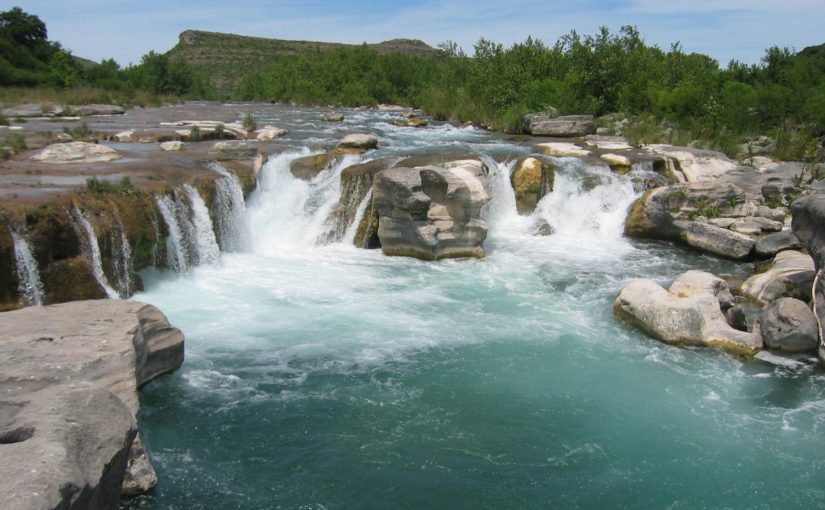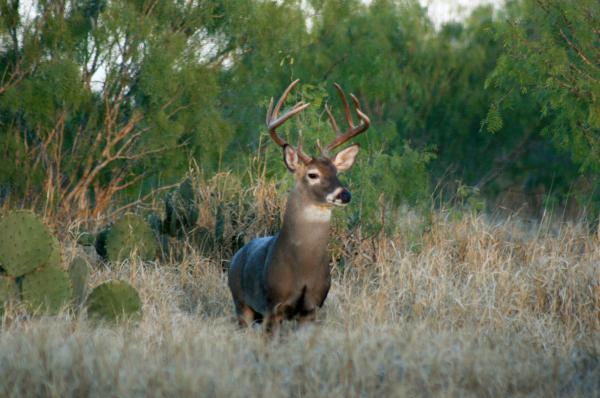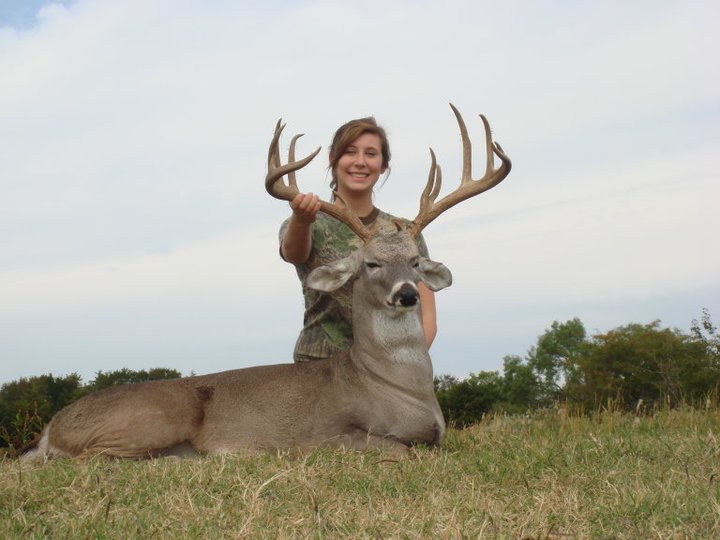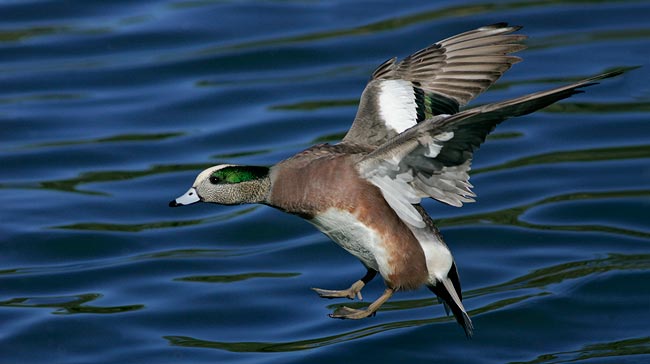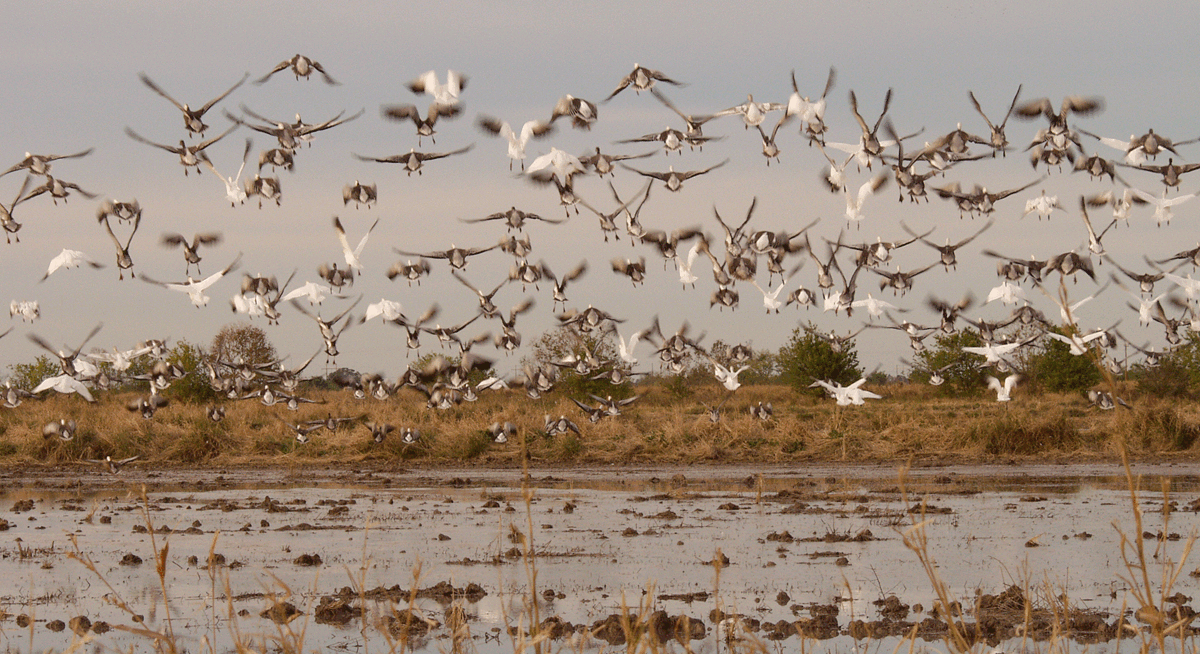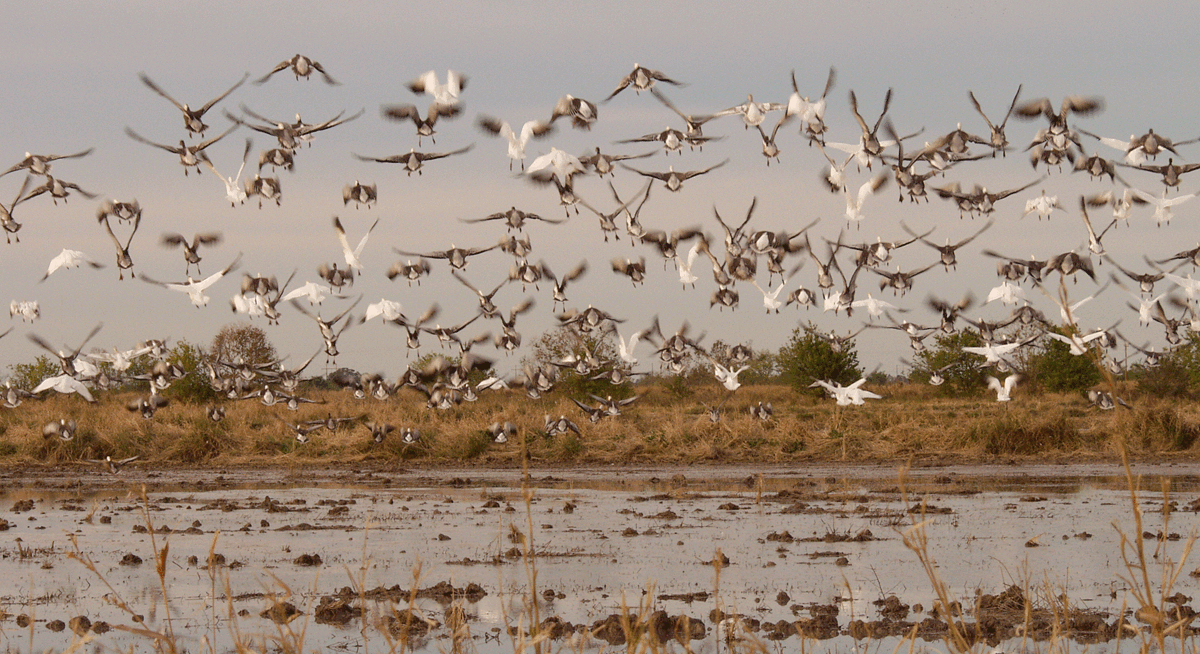The cooler weather is signaling that fall is upon us, so that means that it is time to talk Texas quail hunting. Like past years, quail hunting prospects for this year’s quail season are as scattered as a busted covey. Less-than-ideal range conditions have hampered production for the second straight year. Bobwhite quail hunting can be hit or miss in Texas considering these birds exist here on the very western edge of their distribution in the U.S.
Though we hear and read a lot about lost quail habitat, there are still vast expanses of suitable bobwhite habitat in the rangelands of South Texas and in the Rolling Plains. And the hunters know it. In some years, more than a hundred thousand hunters flock to these bobwhite haunts to pursue these wary game birds. Quail are limited in these regions by rainfall, more specifically the lack thereof.
This past winter was the second dry winter in a row. Dry conditions limit the availability of late winter and early spring greens, an important part of the quail diet. Of course some areas of Texas fared better than others and proper range and habitat management is also a part of the equation. Field reports indicate good carryover in parts of the Rolling Plains and to a lesser degree in northern South Texas.
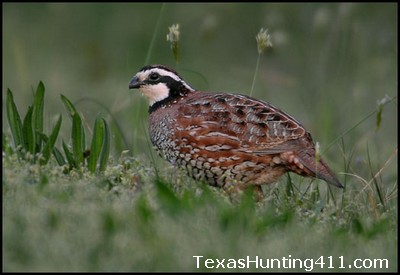
The statewide quail season runs October 31 through February 28. The daily quail bag limit is 15 birds, with up to 45 in possession. Legal shooting hours for all non-migratory game birds are 30 minutes before sunrise to 30 minutes after sunset. The bag limit is the maximum number that may be killed during the legal shooting hours in one day.
Statewide quail surveys were initiated by the Texas Parks and Wildlife Department (TPWD) in 1978 to monitor quail populations. This index uses randomly selected, 20-mile roadside survey lines to determine annual quail population trends by ecological region. This trend information helps determine relative quail populations among the regions of Texas. Comparisons can be made between the mean (average) number of quail observed per route this year and the long term mean (LTM) for quail seen within an ecological region. The quail survey was not designed to predict relative abundance for any area smaller than the ecological region.
According to TPWD wildlife biologists, the Rolling Plains region was not as dry this past winter as other areas of the state and scattered mid to late summer rains resulted in substantial production in some areas. Thick vegetation and late broods have likely resulted in an underestimate by TPWD roadside counts. Field reports are across the board this year, indicating localized effects of timely rainfall. Survey results and field staff observations predict a fair to average year. Due to the variation in weather conditions across this region it’s a good idea to scout ahead to be sure hunting areas are holding birds.
The average number of bobwhites observed per route was 6.6 compared to 18.7 last year. This is well below the LTM of 21.9. Despite low counts, enough young birds and coveys have been anecdotally reported that we suspect there will be good bobwhite hunter opportunity, especially in areas under good range management. Public hunting opportunities can be found at the Matador and the Gene Howe Wildlife Management Areas.
Unfortunately winter, spring and summer rains were lacking over most of South Texas, which likely increased over-winter mortality resulting in less carryover and also delayed nesting attempts by those birds that survived the winter. There has been scattered rainfall mid to late summer but not enough to trigger widespread nesting. September rains may spur some pairing and subsequent very late nesting. So there may be less than half grown birds at the beginning of the season. Overall, TPWD surveys predict a poor to fair season for South Texas. There will be fair to good opportunities on well managed sites that were proactive in grazing management decisions during this drought year.
The average number of bobwhites observed per route was 5.2 compared to 6.6 last year. This is well below the LTM of 18.9 and is predictive of a below average quail hunting season. The Chaparral and the Daughtrey Wildlife Management Areas provide public quail hunting opportunities.
The Trans-Pecos ecological region of Texas received great weather conditions midsummer that spurred scale quail reproduction. Greatly improved numbers have been confirmed by field reports and are reflected in TPWD’s survey results. Reports from the western edge of the Edwards Plateau (the Stockton Plateau) indicate poorer production than the rest of the region. We expect an average to good scaled quail season out west.
The average number of scaled quail observed per route was 16.9 compared to 6.7 last year. This is very close to the LTM of 17.8. Public hunter opportunities can be found at Elephant Mountain and Black Gap Wildlife Management Areas.
TPWD surveys indicate that bobwhite numbers in Gulf Prairies are down considerably from last year. Hunters should focus on the central and lower coast in native prairie habitats. The Cross Timbers and Edwards Plateau are well below their respective LTM’s. Although there are certainly areas within each region where some quail hunting opportunity remains, this survey is not designed to detect changes in localized populations, especially in fragmented landscapes. Quail hunting is always hit or miss, so practice before you go out to make the most of your time in the field.
